
How psychology works the facts visually explained (DK) (Z-Library)
.pdf
PSYCHOLOGICAL DISORDERS |
68 69 |
ASD (autism spectrum disorder) |
HIGH-FUNCTIONING AUTISM AND ASPERGER’S |
TREATMENT |
|
High-functioning autism (HFA) and Asperger’s syndrome (AS) are both terms that are applied to people with characteristics of ASD, but who are of above average intelligence with an IQ of more than 70. However, they exist as two separate diagnoses, as those with HFA have delayed language development, which is not present in AS. Diagnosis of HFA or AS may be missed in children as they are socially awkward with a manner that is not easily understood. The ASD traits they
share of perfectionism and obsessive interest in a specific subject can mean that they become experts in their area of interest. Like ASD, those with HFA or AS also require strict routines and have sensitivities to certain stimuli, awkwardness, and difficulty behaving appropriately and communicating in social situations; the severity of these symptoms will differ in each individual. Long-term difficulties arise with social and intimate relationships, both at school and into adulthood.
Specialist interventions and therapies can assist with self-harming, hyperactivity, and sleep difficulties.
Educational and behavioral programs can support the learning of social skills.
Medication (pp.142−143) can help with associated symptoms— melatonin for sleep problems, SSRIs for depression, and methylphenidate for ADHD.
Degrees of ASD
ASD manifests itself in different ways and to different degrees in each person. Autistic author and academic Stephen M. Shore said, “If you’ve met one individual with autism, you’ve met one individual with autism.”
“… in science or art, a dash of autism is essential.”
Hans Asperger, Austrian pediatrician and researcher of autism
Sensory |
Motor |
Perception |
|
skills |
skills |
||
|
Heightened sensitivity to sound can cause a person to develop avoidance behaviors
such as humming, covering their ears, or self-isolation in a preferred space to escape noise.
Difficulties with movement, such as coordination and motor planning, are common in children with ASD. Fine motor skills like handwriting may also be affected, which can hinder communication.
Impaired sensory and visual perception means that those with ASD miss nonverbal cues, can be unaware of lies, and usually have difficulty seeing a situation from another person’s perspective.

Schizophrenia
This is a long-term condition that affects the way a person thinks. It is characterized by feelings of paranoia, hallucinations, and delusions, and significantly impacts a person’s ability to function.
What is it?
The word schizophrenia comes from the Greek, and literally means “split mind,” which has led to the myth that people with the condition have split personalities, but they do not. Instead they suffer from delusions and hallucinations that they believe are real. There are different types of schizophrenia. The main ones are paranoid (hallucinations and delusions); catatonic (unusual movements, switching between being very active and being very still); and disorganized, which has aspects of both. Despite popular belief, individuals with schizophrenia are not always violent. They are, however, more likely to abuse alcohol and drugs, and it is these habits, combined with their condition, that can cause them to become aggressive.
Schizophrenia appears to result from a combination of physical, genetic, psychological, and environmental factors. MRI scans have identified abnormal levels of neurotransmitters dopamine and serotonin (pp.28−29) and unusual brain structure, and there might be a correlation between the condition and pregnancy or birth complications. It is also thought that excessive cannabis use in young adulthood can be a trigger.
TREATMENT
Community mental health teams such as social workers, occupational therapists, pharmacists, psychologists, and psychiatrists work together to develop ways to help a person stay stable and progress.
Medication in the form of antipsychotics (pp.142−143) is prescribed to reduce mostly positive symptoms, but it does not cure the condition.
Cognitive behavioral therapy (p.125) and the technique of reality testing can help with management of symptoms such as delusions. New developments use imagery to defuse stress that negative symptoms cause.
Family therapy (pp.138−141) can improve relationships and coping skills within the family and educate anyone involved in a person’s care.
Popular theories regarding the causes of schizophrenia in the second half of the 20th century included family dysfunction theories, such as the “double bind” (when people are faced with contradictory, irreconcilable demands for courses of action), high levels of parent/ caregiver “expressed emotion” (not tolerating those with the disorder), and learning the schizophrenic role through labeling. Since then, mental health specialists have observed that hearing voices or feeling paranoid are common reactions to trauma, abuse, or deprivation. Stress can trigger acute schizophrenic episodes, and learning to recognize their onset can help with management of the condition.
Positive symptoms (psychotic)
These symptoms are classed as positive because they are additions to a person’s mental state and represent new ways of thinking and behaving that only develop with the condition.
Hearing voices is common, and can occur occasionally or all the time. The voices
may be noisy or quiet, disturbing or negative, known or unknown, and male or female.
Hallucinations involve seeing things that are not there but seem very real to the person, and are often violent and very disturbing.
Feeling sensations can cause a person to be convinced that they have unpleasant creatures such as ants crawling on or under their skin.
Smelling and tasting things that cannot be identified can arise, and there may be difficulty discriminating between smells and tastes.
Delusions—fixed beliefs—are held despite evidence to the contrary. The person may think they are famous and/or being chased or plotted against.
Feelings of being controlled by, for example, a religious or dictatorial delusionist, can overwhelm a person. The beliefs can make them act differently.
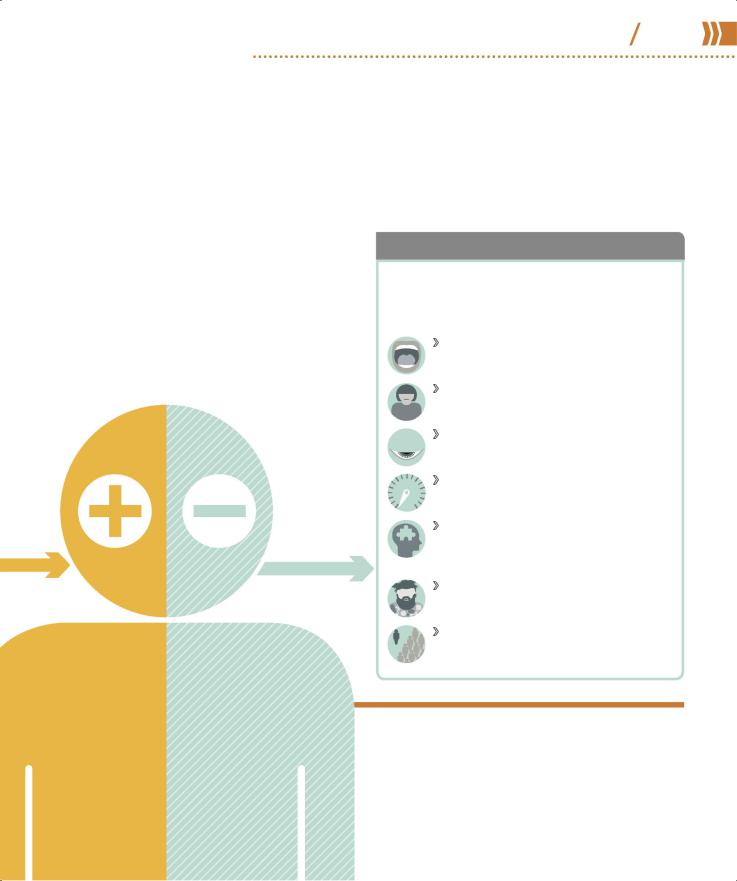
PSYCHOLOGICAL DISORDERS |
70 71 |
Schizophrenia |
How is it diagnosed?
Schizophrenia is diagnosed through clinical interviews and specialist checklists during which the symptoms (below) are assessed. The earlier the condition is diagnosed and treatment begun, the better, so that there is less time for its extreme impact on personal,
social, and work life to build up. While schizophrenia is not curable, people can overcome it enough to function day to day. A personalized treatment plan that caters to the specific needs of the individual with schizophrenia is required for people with such a complex mental health issue.
Around1.1% of the global adult population has schizophrenia
Negative symptoms (withdrawal)
These symptoms are called negative because they represent a loss of certain functions, thoughts, or behaviors that a healthy person exhibits, but that are absent in those with schizophrenia.
Difficulty communicating with others can result in changed body language, a lack of eye contact, and incoherence.
“Flattened” emotions result in a significantly reduced range of response. The person will take no pleasure in activities.
Tiredness may result in lethargy, change in sleep patterns, staying in bed, or sitting in the same place for long periods.
Absence of willpower or motivation makes it difficult or even impossible for a person to engage in normal day-to-day activity.
Poor memory and concentration means that the individual is unable to plan or set goals and has difficulty keeping track of thoughts and conversations.
Inability to cope with everyday tasks results in disorganization. The individual stops looking after themselves, domestically or personally.
Becoming withdrawn from social and community activities can disrupt the individual’s social life.
Symptoms of schizophrenia
These are classified as positive or negative. Positive symptoms are psychotic additions to an individual, whereas negative symptoms can look like the withdrawal or flat emotions seen with depression. Schizophrenia is likely if a person has experienced one or more symptoms from both domains for most of the time for a month.
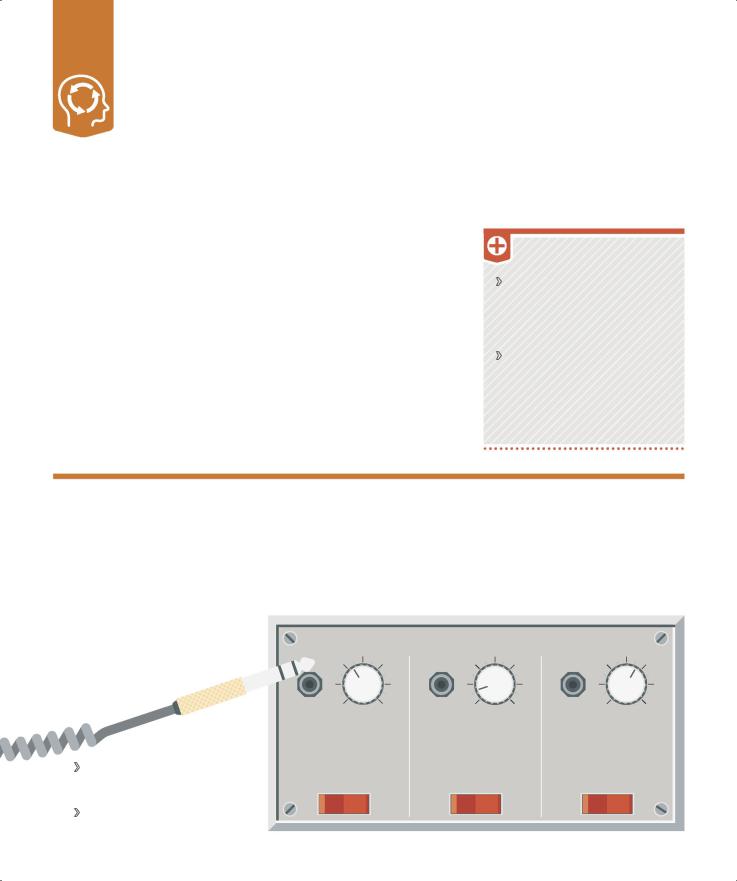
Schizoaffective disorder
This is a long-term mental health condition in which a person suffers both the psychotic symptoms of schizophrenia and the deregulated emotions that characterize bipolar disorder at the same time.
What is it?
While symptoms may vary from person to person, one episode will feature both psychotic and mood symptoms (manic, depressive, or both) for part of the time and a period with only psychotic or mood symptoms for most of the time over a period of at least two weeks.
Schizoaffective disorder can be triggered by traumatic events that took place when a person was too young to know how to cope or was not being cared for in a way that
made it possible to develop coping skills. Genetics may play a part, too. It is more common in women and usually begins in early adulthood.
A mental health professional will assess the symptoms and will want to know how long they have been present, and what triggers them. This chronic condition impacts every aspect of a person’s life, but symptoms can be managed. Family interventions to raise awareness
of the disorder can improve communication and support.
TREATMENT
Medication is needed long-term; usually combinations of mood stabilizers plus antidepressants for depressive types or antipsychotics for manic types (pp.142−143).
Cognitive behavioral therapy
(p.125) can help a person make links between thoughts, feelings, and actions; learn the cues preceding behavior change; sand develop coping strategies.
The different forms
People with this disorder experience periods of psychotic symptoms—such as hallucinations or delusions—with mood disorder symptoms of either
a manic type or a depressive type, but sometimes both. The condition features cycles of severe symptoms followed by periods of improvement.
symptoms Psychotic
Hallucinations Hearing voices and seeing things that are not there.
Delusions False, fixed beliefs in things that are not true.
1% of the population is likely to develop schizoaffective disorder
Mood disorder symptoms
Manic type |
Depressive type |
Mixed type |
is hyperactive, feels |
feels sad, empty, |
has symptoms of |
high, cannot sleep, |
and worthless, |
both depression |
and takes risks. |
even suicidal. |
and mania. |
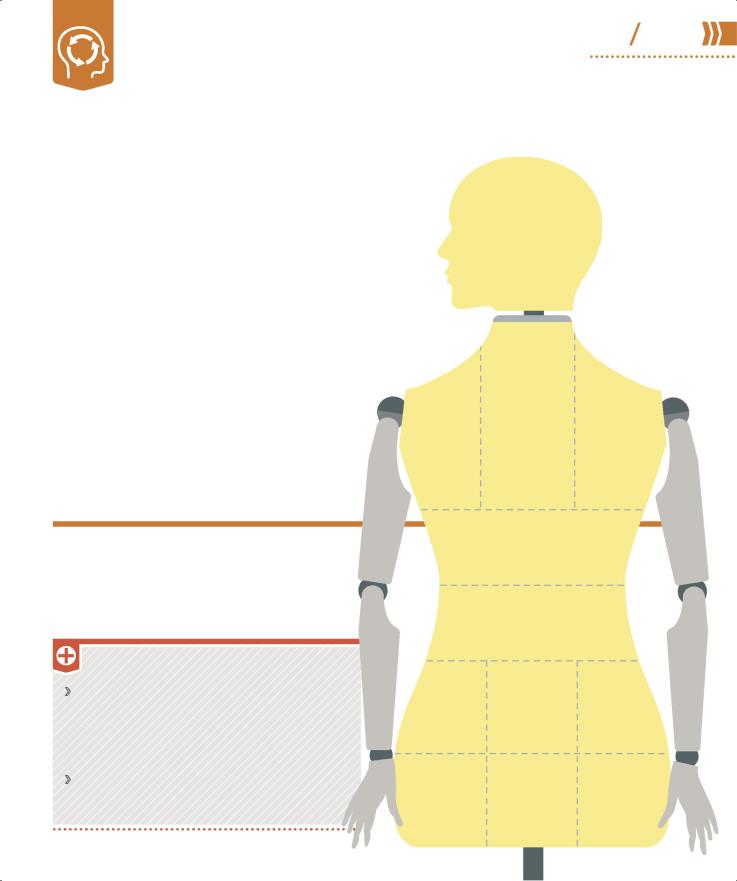
Catatonia |
72 |
73 |
|
|
An episodic condition that affects both behavior and motor skills, catatonia is characterized by abnormal psychomotor functioning and extreme unresponsiveness when awake.
What is it?
Catatonia is a state of immobility that can persist
for days or weeks. Those with the condition may have an extremely negative outlook and may not respond to external events, become agitated, have difficulty speaking due to extreme anxiety, and refuse to eat or drink. Symptoms also include feelings of sadness,
irritability, and worthlessness, which can occur nearly every day. An individual may lose interest in activities, lose or gain weight suddenly, have trouble getting to sleep or out of bed, and feel restless. Decision making is impaired and suicidal thoughts are common.
This condition can have a psychological or neurological cause, and may be associated with depression (pp.38–39) or psychotic disorders. It is estimated that 10−15 percent of people with catatonia also have symptoms of schizophrenia (pp.70–71), while about 20−30 percent of individuals with bipolar disorder (pp.40–41) may experience catatonia during their illness—mostly during their manic phase.
Diagnosing catatonia
A mental health professional observes an individual and looks for a number of symptoms. At least 3 out of the 12 symptoms described (right) must be present to confirm a diagnosis of catatonia.
Mutism
Silent and apparently unwilling or unable to speak.
Echolalia |
Grimacing |
Stupor |
Constantly |
Makes |
Immobile, |
repeats |
distorted facial |
lacks |
what |
expressions |
expression, |
other |
that show |
and does |
people |
disgust, dislike, |
not respond |
have said. |
and even pain. |
to stimuli. |
Catalepsy May be rigid, have a seizure, or be completely unresponsive in this trancelike state.
Waxy flexibility Limbs can be moved by someone else and will remain in the new position.
TREATMENT
Medication prescribed depends on the symptoms, but includes antidepressants, muscle relaxers, antipsychotics, and/or tranquilizers such as benzodiazepines, but these carry a risk of dependency (pp.142−143). Outside help is needed to ensure compliance with medication and to teach living skills.
Electroconvulsive therapy may be used when medication is ineffective. This involves transmitting an electric current through the person’s brain (pp.142−143).
Agitation |
Mannerism |
Posturing |
Movement |
Strikes poses |
Moves from |
may be |
or makes |
one unusual |
purposeless |
idiosyncratic |
position to |
and risky. |
movements. |
another. |
Stereotypy |
Negativism |
Echopraxia |
Frequent |
Resistant to |
Constantly |
persistent, |
any outlook |
mimics other |
repetitive |
other than a |
people’s |
movements. |
negative one. |
movements. |
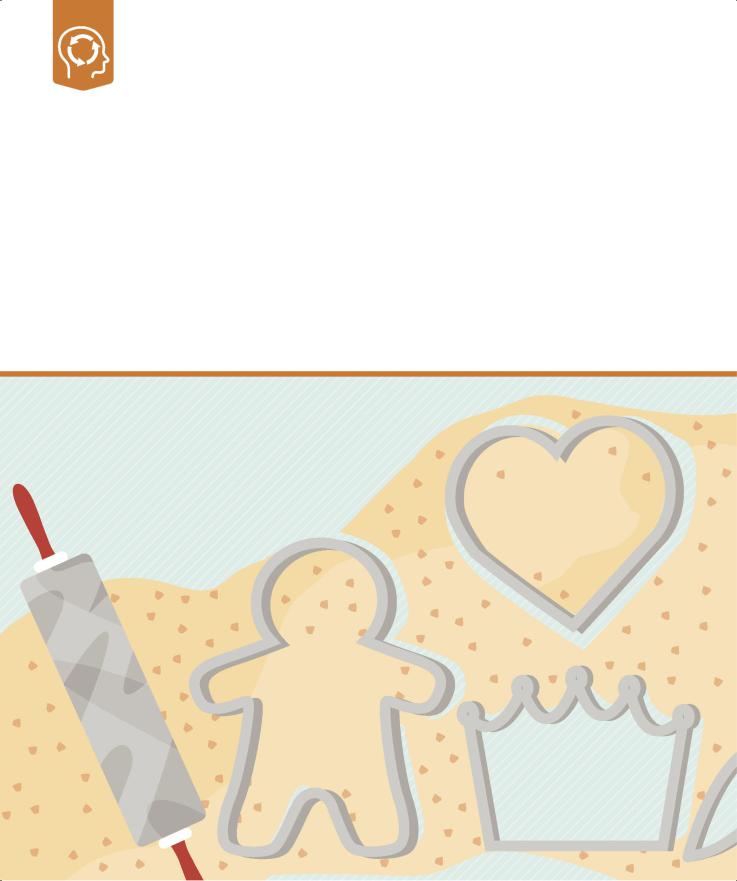
Delusional disorder
This is a very rare form of psychosis that causes a person to experience complex and often disturbed thoughts and delusions that are not true or based on reality.
What is it?
Previously known as paranoid disorder, delusional disorder is marked by an individual’s inability to distinguish what is real from what is imagined. The delusions may be misinterpretations of experienced events, and are either not true or highly exaggerated. They may be nonbizarre and relate to situations that could occur, such as being followed, poisoned, deceived, or loved from a distance, or may be bizarre delusions that are impossible, for example, a belief in an imminent alien invasion.
Delusional disorder can make it hard for a person to concentrate, socialize, and live a normal life, because it can cause dramatic changes in a person’s behavior that result in conflict with those around them. Individuals may become so preoccupied with their delusions that their lives are disrupted. However, others continue
to function normally and, apart from the subject of their delusion, do not behave in an obviously odd manner. Some people experience hallucinations— seeing, hearing, tasting, smelling, or feeling things that are not really there.
Thematic delusions
Delusions are fixed beliefs that do not change, even when a person is presented with conflicting evidence, and
characteristically follow particular themes (right). Individuals are likely to display the delusion for a month or longer, and most do not admit they are problematic. The person may appear completely normal as long as an outsider
does not touch on the belief.
Somatic
A person with these delusions has physical or bodily sensations—for example, as a result of believing insects are crawling under their skin.
Erotomanic
A delusion in which a person believes that another individual, often someone famous, is in love with them; may lead to
stalking behavior.
Grandiose
An individual with grandiose delusions believes they have a great unrecognized talent or knowledge, for example, they may be a special messenger,
guru, or God.

Psychological disorders known to trigger delusional episodes include schizophrenia (pp.70−71), bipolar disorder (pp.40−41), severe depression (pp.38−39) or stress, and lack of sleep. General medical conditions that can cause them are HIV, malaria, syphilis, lupus, Parkinson’s, multiple sclerosis, and brain tumors. Misuse of substances such as alcohol or drugs can also trigger delusional episodes in some people.
How is it diagnosed?
A doctor will first take a complete medical history of the individual. They will ask about symptoms and will want to know how a delusion affects a person’s day-to-day functioning, any family history of mental health conditions, and details of medications and/or illegal substances a person has been taking.
PSYCHOLOGICAL DISORDERS |
74 75 |
Delusional disorder |
TREATMENT
Medication (pp.142−143) prescribed may include antipsychotic drugs to reduce the delusional symptoms and antidepressants such as selective serotonin reuptake inhibitors (SSRIs) to help with the depression that can be associated with the disorder.
Psychotherapies such as cognitive behavioral therapy (p.125) to help examine the strongly held beliefs and support changes needed.
Self-help groups and social support to reduce the stress that results from living with this disorder and to help those around them, and family, social, and/or school intervention to help develop social skills to reduce the impact of the disorder on quality of life.
Persecutory
A person with these delusions feels that they are being persecuted or mistreated—for example, stalked, drugged, spied on, or the victim of slander.
Jealous
People with this delusion have a morbid but unfounded belief that their partner has been unfaithful or is deceiving them.
Only 0.2% of people will ever experience delusions
Mixed or unspecified
Themes are said to be mixed if several types of delusions are present but no particular one predominates. In some cases the delusion does not fall into any of the main categories and
is unspecified.
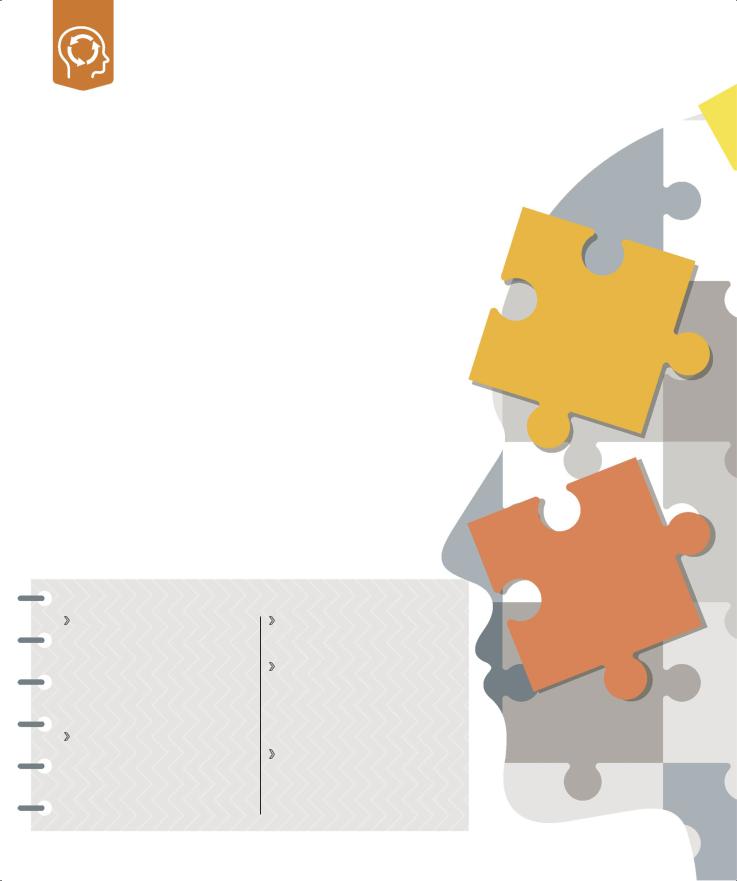
Dementia
This is an (as yet) incurable, degenerative disorder, also known as mild or major neurocognitive impairment. It is characterized by memory disorders, personality changes, and impaired reasoning.
What is it?
The term dementia describes a set of symptoms that affect the brain and gradually become more severe. Symptoms include difficulties with concentration, problem solving, carrying out a sequence of tasks, planning, or organizing, as well as general confusion.
A person with dementia may lose track of days or dates, and find it hard to follow a conversation or recall the right word for something. They may also be unable to judge distances or see objects in three dimensions. Dementia may cause people to feel insecure and lose their self-confidence and can result in depression.
Many different conditions, such as Alzheimer’s, cardiovascular disease, Lewy bodies, and disorders of the front and side lobes of the brain, cause the symptoms.
CAUSES
Alzheimer’s disease causes abnormal proteins to build up around brain cells and damage their structure. This disrupts the chemical messages that pass between the cells so the cells gradually die. Symptoms progress as more parts of the brain are affected.
Vascular dementia can result from cardiovascular disease. It occurs when blood flow to the brain is impaired (for example, by a stroke), causing problems with reasoning, planning, judgment, and memory.
Dementia is mainly seen in older adults, but can occur in people in their 50s (known as early onset), and sometimes even younger.
There is no single assessment for dementia. The GP uses memory and thinking tests and may order a scan to confirm which areas of the brain are damaged. Treatment aims to alleviate symptoms and slow their progression.
More than
30%
of people over 65 develop dementia
Mixed dementia results when Alzheimer’s and vascular dementia occur at the same time.
Dementia with Lewy bodies has similar symptoms to Alzheimer’s and Parkinson’s disease. Also known as Pick’s disease, it occurs when protein bodies form in nerve cells and often causes hallucinations and delusions.
Frontotemporal dementia is a rarer form that affects the temporal (side) and frontal lobes of the brain. It alters personality and behavior, and makes use of language difficult.
Motor |
skills |
|
||||||
If the |
|
|
||||||
brain |
|
areas |
of |
the |
||||
for |
|
|
|
|
|
|
|
|
|
|
responsible |
||||||
|
movement |
are |
||||||
damaged, |
|
|
||||||
control |
|
|
|
muscle |
||||
|
|
lessens. |
|
|
||||
|
|
|
or |
|
control |
||
Emotions |
can |
||
to |
|||
Inability |
feelings |
|
|
|
-esteem |
||
|
self |
. |
|
expresslow |
|
||
depression |
|||
cause |
|
|
|
and |
|
|
|
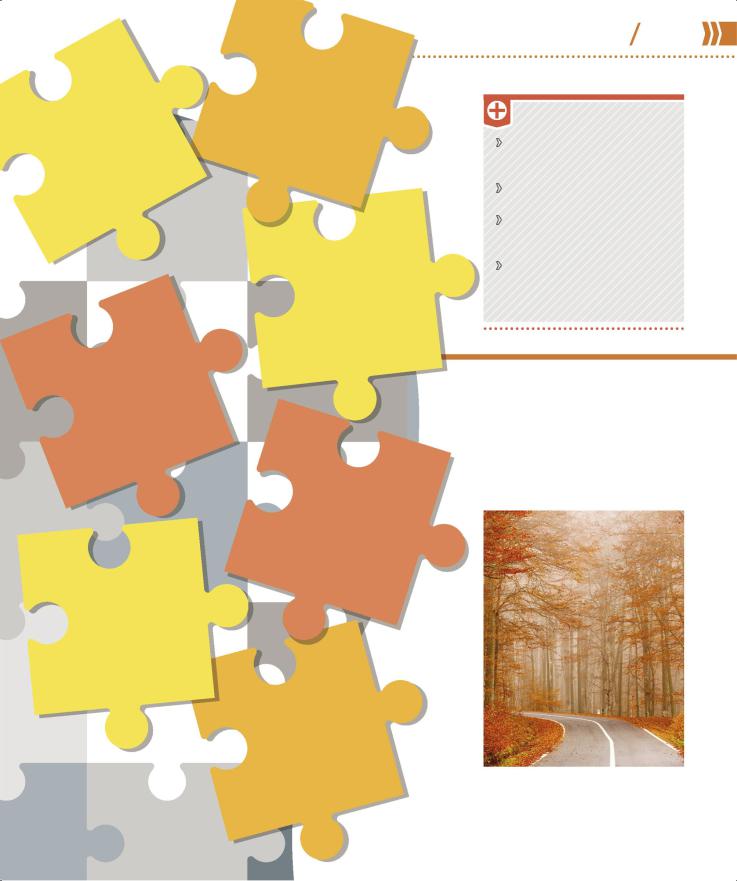
|
skills |
to |
|
||
inability |
and |
||||
Social |
|
|
|||
|
|
conversationdifficult |
|||
concentrate it |
|
||||
The |
|
|
|
|
. |
follow |
|
|
people |
||
|
to |
||||
|
|
make |
|
||
|
can |
|
|
|
|
|
|
relate |
|
||
|
|
to |
|
|
|
|
Memory |
|
|
|
||
Short- |
|
|
|
|
|
|
is |
term |
memory |
||||
|
affected |
|
||||
long |
|
first, |
|
|||
|
- |
|
but |
|||
|
term |
|
|
|
|
|
also |
|
|
|
|
|
|
|
fails as memory |
|||||
progresses. |
the |
disease |
||||
|
|
|
|
|||
Speech |
and |
control |
|||||
Speaking |
|||||||
|
|
||||||
|
become |
||||||
of language |
|||||||
|
can be |
||||||
hard, |
which |
||||||
|
|
for |
|||||
|
|
|
|
|
|||
disconcerting |
|||||||
|
|||||||
|
. |
|
|
|
|
|
|
others |
|
|
|
|
|
||
making |
|
|||
|
poor |
|
||
Decision loss, |
and |
|||
Memory |
|
|
make |
|
concentration, |
|
hard |
||
|
can |
|
||
confusion |
|
. |
|
|
|
making |
|||
decision |
|
|
|
|
impossible |
|
|||
or |
|
|
|
|
Judgment |
|
|
|
||||
No |
|
|
|
|
|
|
|
longer |
feeling in |
||||||
control or |
|
||||||
anything |
|
able to |
plan |
||||
loss of |
|
leads |
to |
||||
|
faith |
|
|
|
|
||
judgment. |
|
in |
own |
|
|||
|
|
|
|
|
|
||
Concentration |
||||||
Lack |
of focus |
can |
||||
|
daily |
routines |
||||
make |
||||||
|
|
|||||
|
|
|
|
|||
and independent . |
||||||
living |
very difficult |
|||||
|
|
|
||||
|
make |
|
||
Empathy to |
is |
|
||
Struggling |
|
|
||
what |
|
|||
of |
leaves |
|
||
sense |
|
|||
happening for |
. |
|||
room |
|
|||
others |
||||
little |
|
|||
of |
|
|||
thinking |
|
|
|
|
76 77
TREATMENT
Cognitive stimulation and reality orientation therapy for short-term memory.
Behavioral therapy (p.124) to help carry out daily routines.
Validation therapy—the main caregiver reading out loud, respectful statements.
Cholinesterase inhibitors
(pp.142–143) to boost memory and judgment.
How it affects a person
Because every person is different, their experience of dementia is, too. The diagnosis is based on a person’s history and how the symptoms affect their ability to cope day to day.
PEOPLE WITH DEMENTIA feel insecure, lose confidence in themselves, and need help preparing for the road ahead.
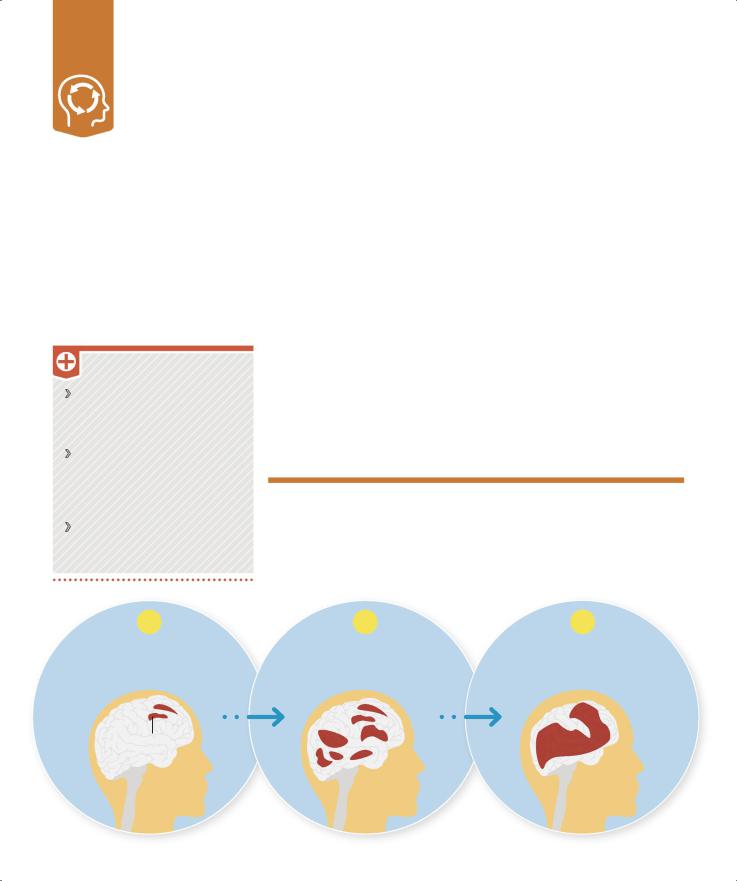
CTE (chronic traumatic encephalopathy)
Also known as post-concussion syndrome, this is a degenerative condition of the brain characterized by physiological and psychological disturbances following closed head injuries.
What is it?
CTE is most often seen in service personnel or people who take part in high-impact contact sports, such as football, rugby, or boxing, and there is no cure. Physical symptoms
TREATMENT
Psychotherapies such as cognitive behavioral therapy (p.125) and mindfulness-based stress reduction (p.129).
Lifestyle management including rest and recuperation after initial head injury, followed by a gradual return to activities, stopped if symptoms return.
Antidepressants (p.142–143) if psychological symptoms warrant them.
include headache, dizziness, and pain. Psychological symptoms are memory loss, confusion, impaired judgment, impulse-control problems, and even hallucinations. An individual may become aggressive and have difficulty maintaining relationships. Signs of Parkinson’s and dementia (pp.76–77) can emerge later. The disturbances may develop early, or emerge years after
the head trauma. A preventive approach is advisable, with the use of protective headgear and the introduction of rules that disallow contact above chest or shoulder height in sport.
At the moment it is possible to diagnose CTE only after death. Tests, brain scans, and biomarkers are being developed to help identify the condition earlier.
CTE was identified in 99% of former US National Football League players
Cumulative effect of head injury
Multiple blows to the unprotected skull can lead to irreversible injury. In a study of 100 people with mild head injury, 20–50 showed symptoms of CTE three months after the initial injury, and about
1 in 10 still had problems a year later.
1 |
2 |
3 |
A blow to a healthy brain |
The initial injury can leave a |
After three or more blows the |
can cause concussion but a person |
vulnerability, so the brain is less |
brain is more susceptible to |
is likely to recover completely. |
able to recover from a second one. |
widespread, permanent damage. |
Damage arising from first injury
